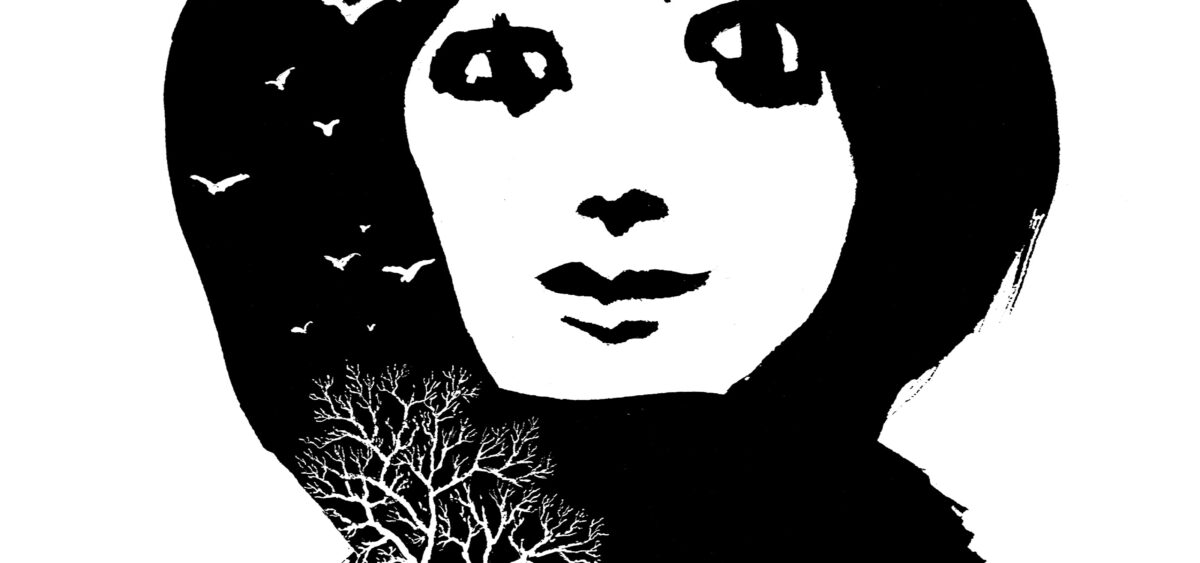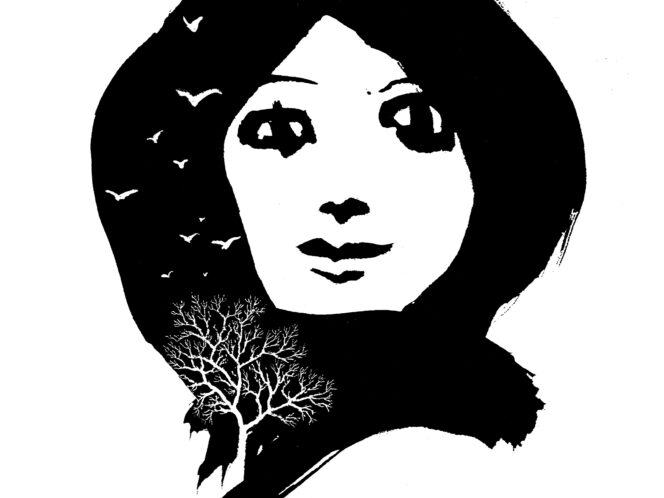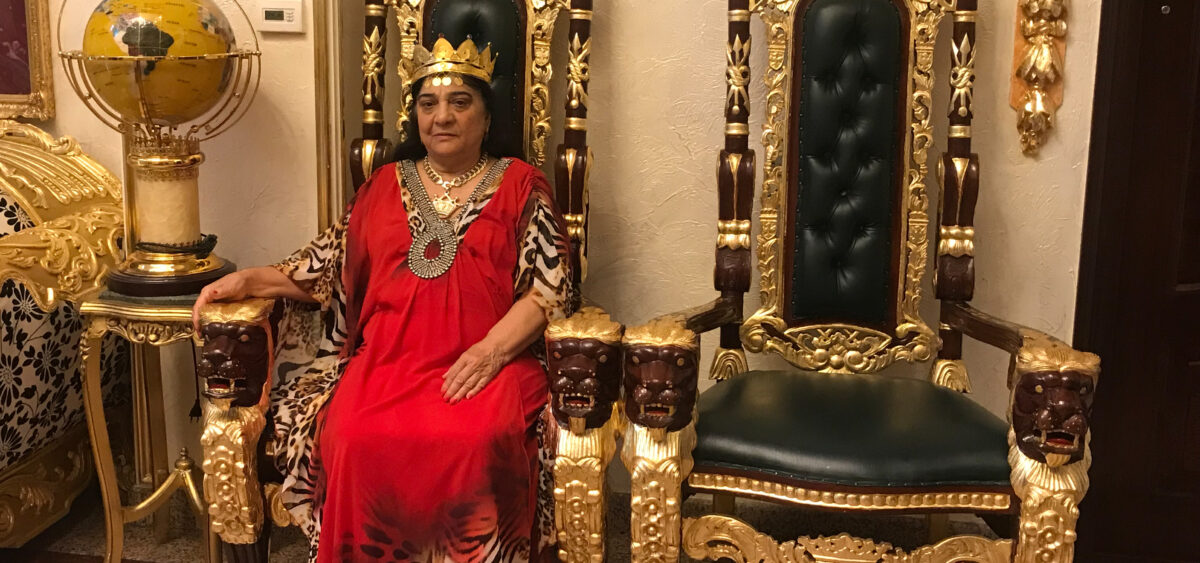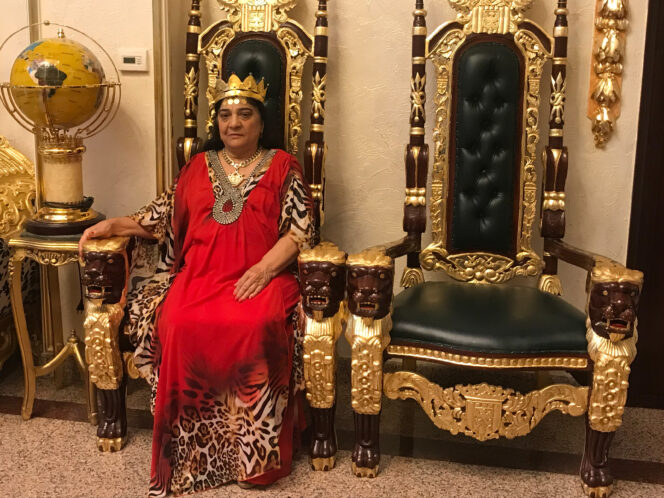
I believe in God, and I believe in this too. They say it doesn’t help those who don’t believe, but I don’t know if that’s true. Still, maybe you need to believe for it to work.
Officially, the last Kashubian witch was drowned in Chałupy in 1836. But lynching was, in fact, still taking place at the turn of the 20th century, according to my great-aunt who was well-versed in ‘such matters’. She knew how to remove spells, heal with herbs, and dispel róża (‘the rose’, a mystical illness-like condition typically involving a rash or spots). This was enough for her to get labelled a witch by society. After all, how could a woman have such skills without the help of the devil? According to legend, witches’ sabbaths were held on Thursdays, but my great-aunt never mentioned them. She never talked about the ‘Bald Mountains’ that adorn the post-glacial landscape of the Kashubian region, and to which the witches are said to have flown on their broomsticks or shovels. These are things I read about in books.
What she did speak about was her fear of people. In her youth, she was afraid that they would subject her to the water test, like the last witch put on trial in Chałupy, Krystyna Ceynowa. The water test was the most commonly used method to check whether a woman had a pact with the devil. It was said that witches were light as a feather and did not drown. So they would tie the witch’s right hand to her left foot, and her left hand to her right foot, and lower her into the water on a rope. Even if by some miracle she did not drown, they would beat her to death with their oars. Witch-hunts took place on the eve of 30th April – Saint Walpurga’s Eve – but that was not the only time. Other dangerous times for witches included midsummer night, the September equinox, the winter solstice in December, and








